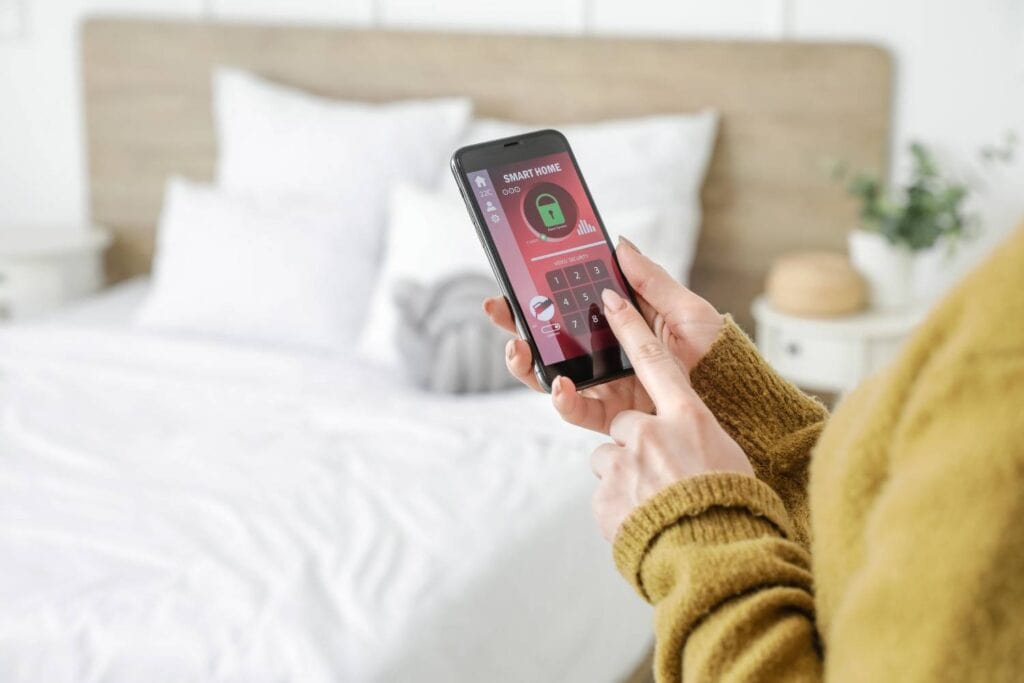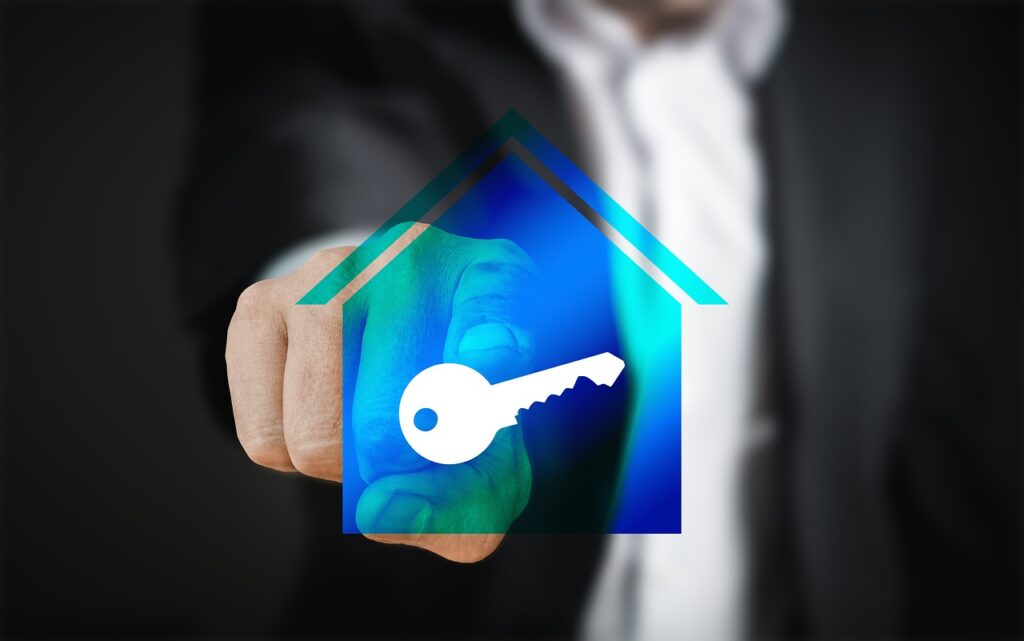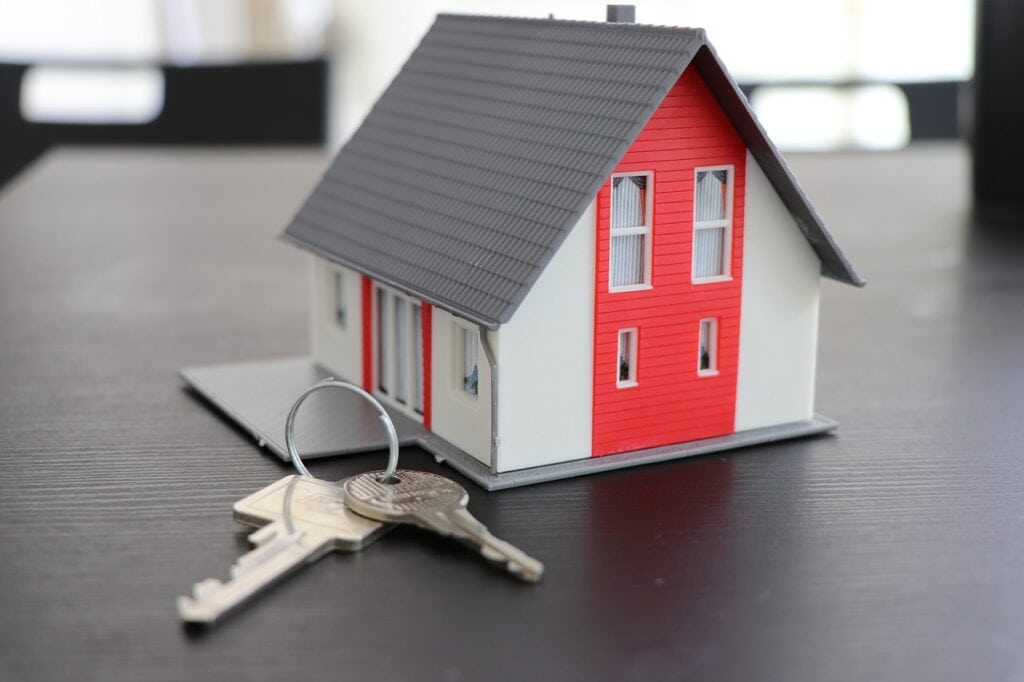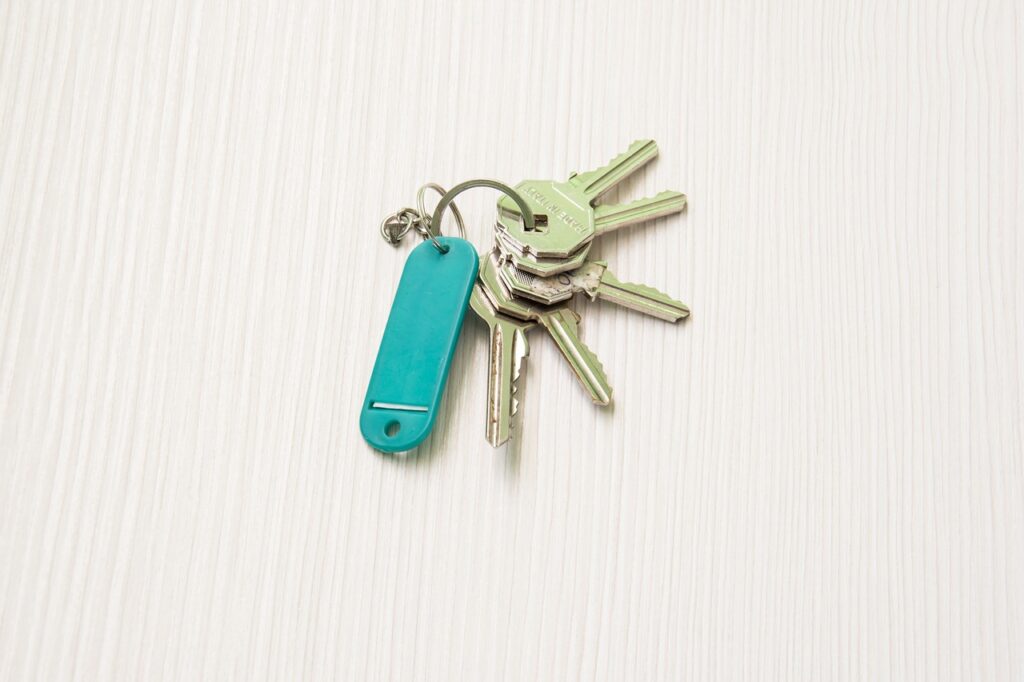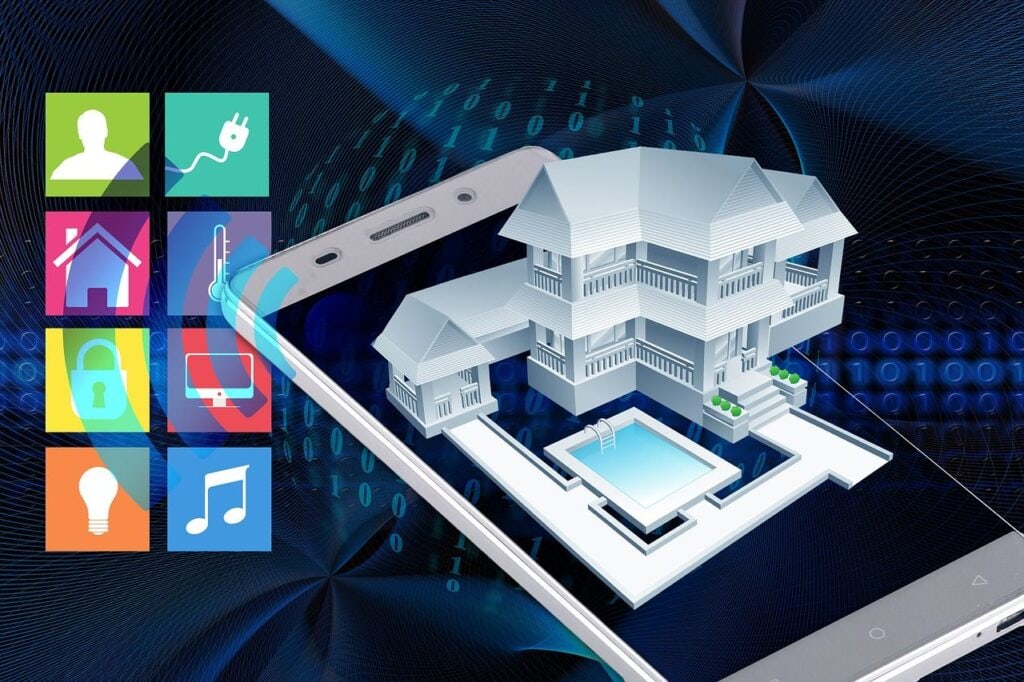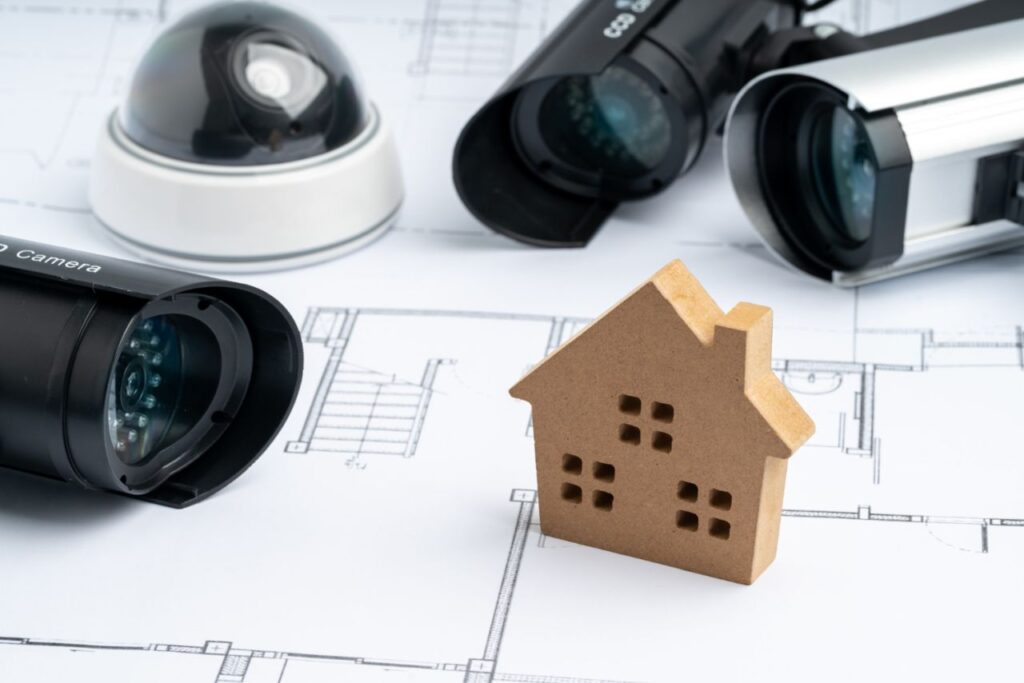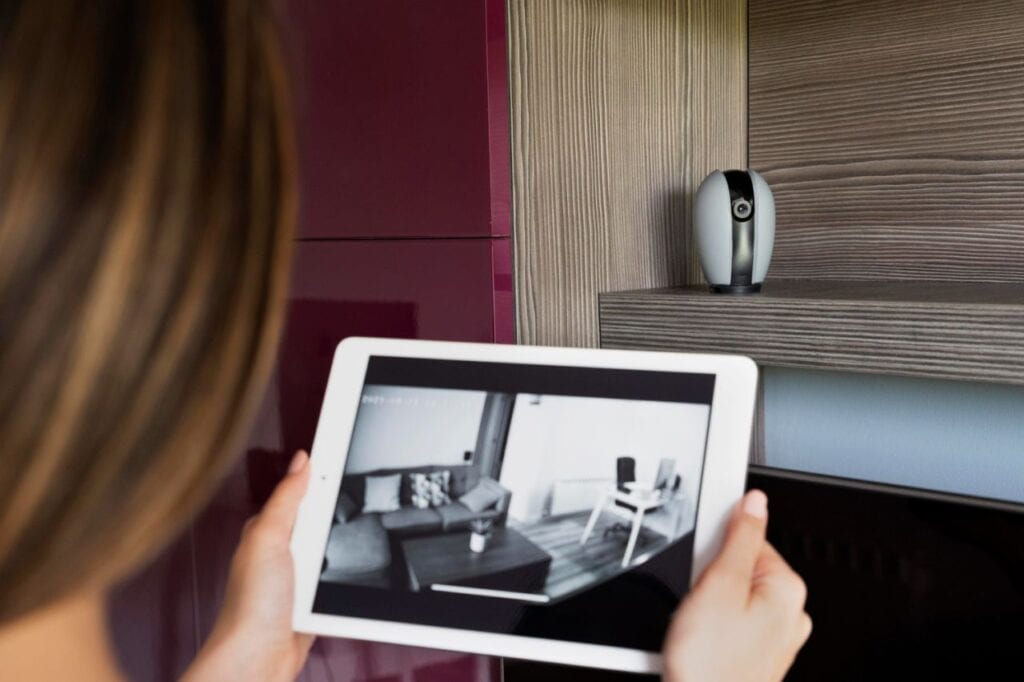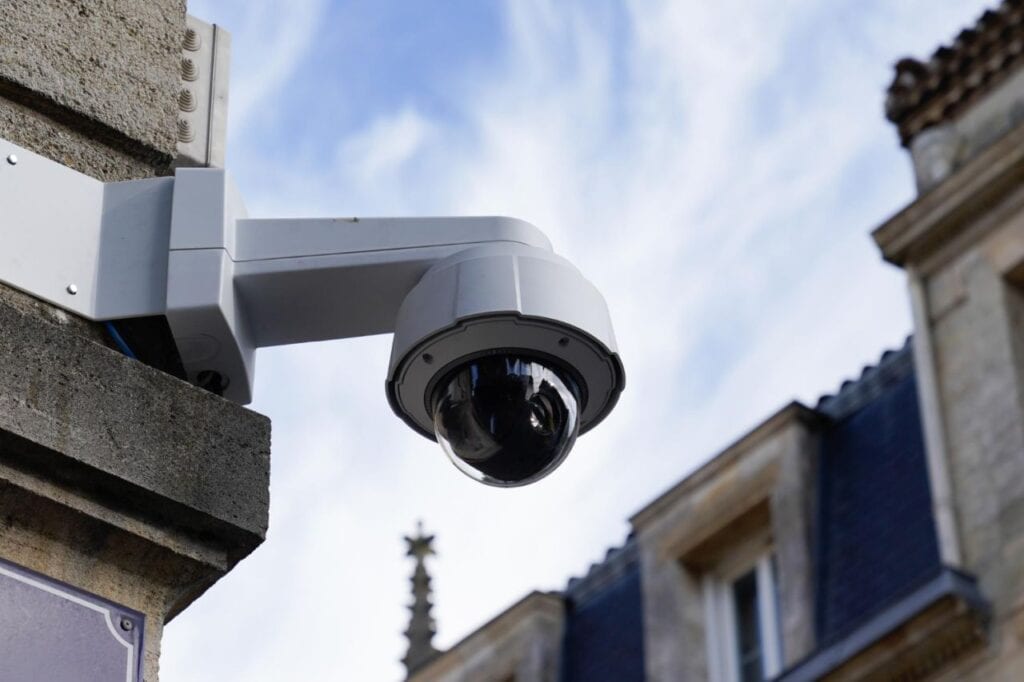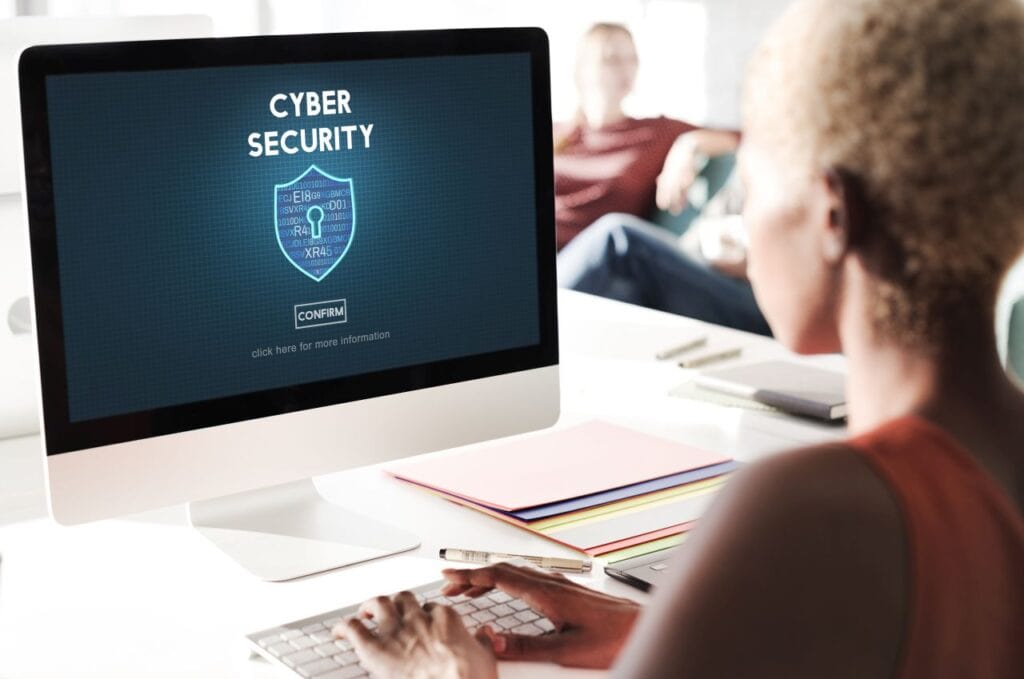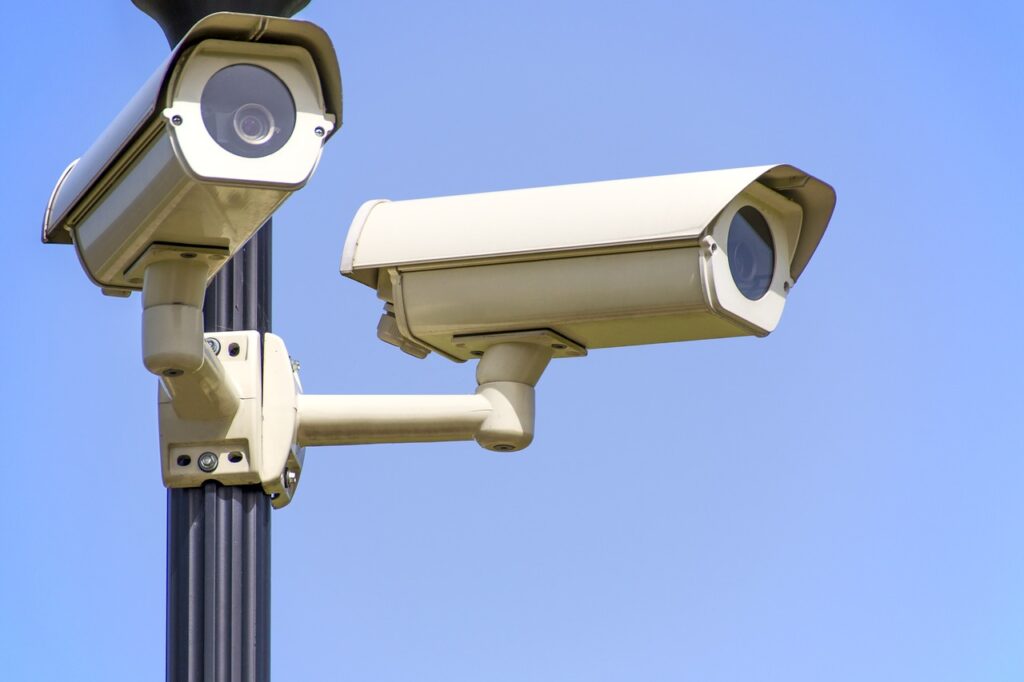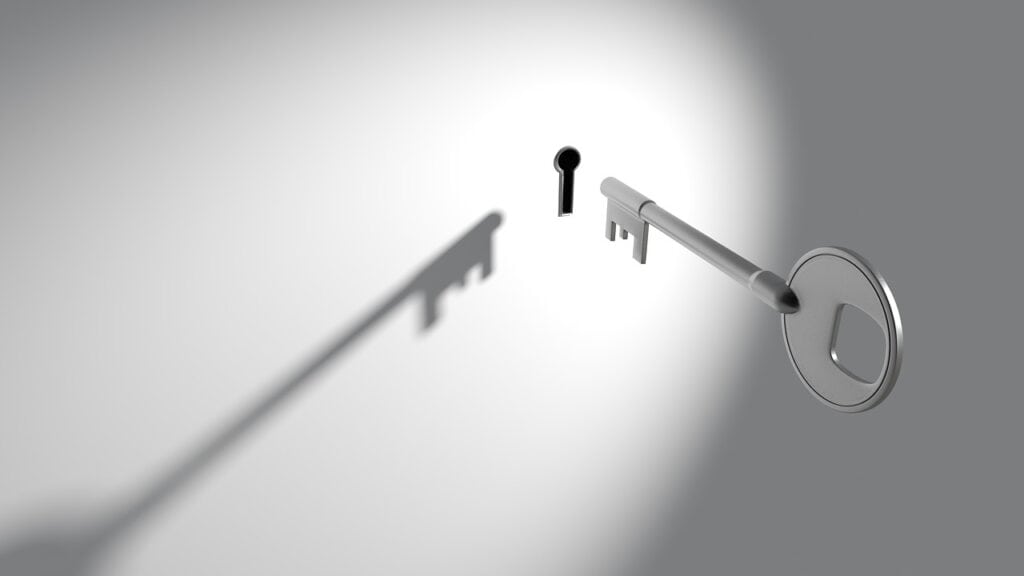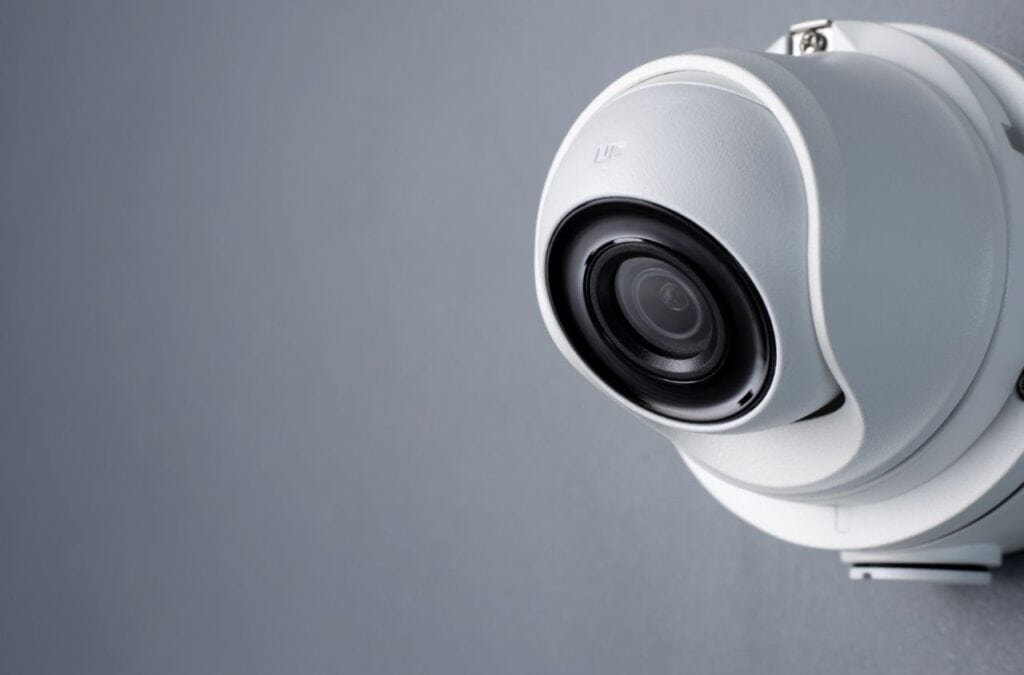Worries about hacking and cyber dangers to home security have grown in tandem with the proliferation of in-home technologies. While originally developed to ward against physical dangers, modern home security systems have expanded their protections to include cyber hazards as well. The use of encrypted communication protocols between various parts of the system is a key security measure. Security system data, including video feeds and sensor signals, is protected from prying eyes thanks to state-of-the-art encryption technology.
The best way to protect home security systems from cybercriminals is to update the software and firmware on a regular basis. Updates are released on a regular basis by manufacturers to fix security holes and make systems more resistant to attack. To lessen the likelihood of their security systems being exploited by cybercriminals, homeowners should be watchful in applying system updates as soon as they become available.
A home security system's defences against hacking must include authentication and access control features. To further safeguard the system from unauthorised access, it is recommended to use strong, unique passwords in conjunction with multi-factor authentication mechanisms. For optimal security, homeowners should change the default password during setup and adhere to standard practices for password management. This will help reduce the likelihood of unauthorised access.
How to Keep Your Home Security System Safe from Hackers
In order to keep our houses and families safe, home security systems depend on the technology that is now an integral part of our daily lives. These systems allow us to keep an eye on our houses, set up alarms, and even access them from afar. On the other hand, hackers' strategies to exploit weaknesses are always evolving with technology. To maintain the protection of your home security system from possible cybercriminals and other cyber dangers, review the following.
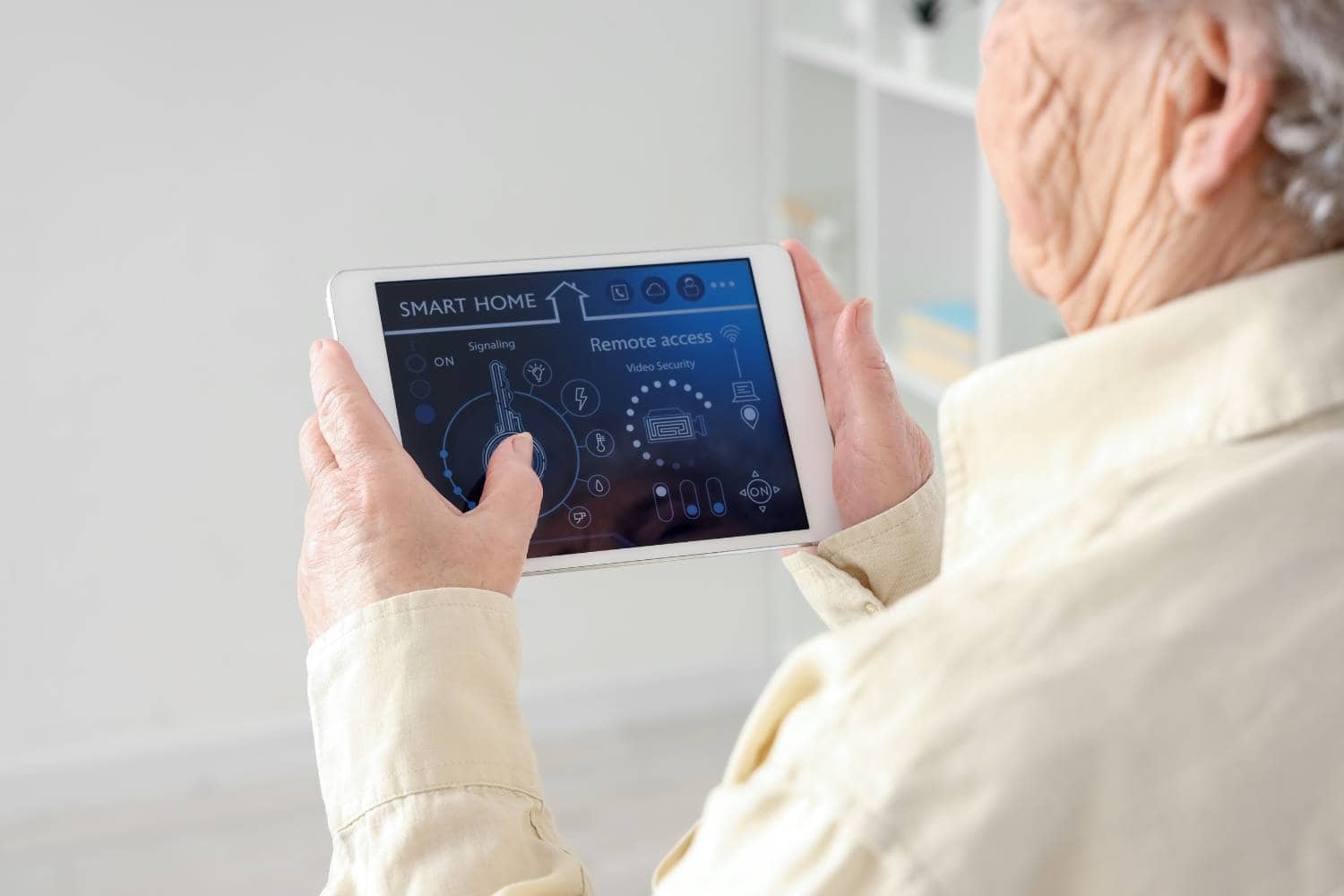
Determine the best home security system
Selecting a home security system is a crucial step in protecting your family and possessions from harm. Do your homework and go with trusted manufacturers to strengthen your home against any dangers.
The greatest home security systems can be found with the use of internet resources like Porch's buying guide. In order to help you make a confident choice, these resources give a detailed summary based on consumer reviews and professional perspectives.
One must consider the reputation of a security system before choosing one. Companies that have built a reputation for reliability and success in their field are those who consistently provide superior products and services. To them, home security isn't just about keeping things locked down; it also means keeping sensitive information safe online. Reputable firms have a history of innovation, consumer happiness, and unwavering commitment to security, all of which you may benefit from by partnering with them.
Strong encryption methods should be prioritised when you consider security system solutions. An extra line of protection against would-be hackers, encryption works like a digital lock to make all of your data unintelligible to everybody else.
For the purpose of protecting your data and making sure that unauthorised access is impossible, brands are investing in state-of-the-art encryption technologies. If you want your data to remain private and uncompromised for the foreseeable future, strong encryption is the way to go.
Things to think about when considering insurance
Having home security system gear insured is crucial in protecting it from hackers and other cyber dangers. Security equipment can be covered by these plans in the event of theft or damage, and they may even pay for damages caused by breaches. An extra safeguard for your hardware investments can be added by incorporating insurance into your security strategy.
It is an important asset in protecting your house from digital threats since it guarantees that you can repair or replace your equipment if there is a security breach or incursion. Protect your costly hardware even more effectively by carefully reviewing the policy's terms and coverage limits to match your unique security requirements.
Keep your passwords secure.
Cyber attacks are a real possibility with modern interconnected home security systems, despite their comfort and convenience. To protect yourself from these threats, it is recommended to use strong passwords and two-factor authentication. Long gone are the days of using weak, easily-guessed passwords.
Just as cybercriminals have progressed, our security measures also need to be updated. A secure password will have a mix of capital and lowercase letters, numbers, symbols, and other characters. With this complex combination, hackers will have a far more difficult time breaking the code and gaining access to your devices without your knowledge.
A strong defence is like a fortress door; the more complicated the lock, the more secure your home security system. If you want to strengthen the defences of your digital fortress and discourage would-be invaders, you should use complicated passwords.
Add another layer of security to a strong password by using two-factor authentication (2FA). Adding a second piece of verification to a password is what multi-factor authentication (MFA) is all about. The standard procedure is to receive a one-time code on a different device, like a smartphone, and then enter it in addition to your password.
A great thing about two-factor authentication is that it can prevent unauthorised access even if a hacker gets your password. In this way, it serves as an additional layer of security, limiting access to your secondary device to those who actually have the key. A multi-tiered defence, which includes an extra degree of security, greatly lowers the likelihood of intrusions.
Your Wi-Fi network is the first line of defence in protecting your home security system, which goes beyond the devices themselves. An effective Wi-Fi password is the bedrock of a secure network. If you want to keep intruders out of your home, you shouldn't let them in via your network either. Try to follow the same guidelines for difficulty when creating your Wi-Fi password as you do when protecting your devices. Stay away from names and birthdays and other easily guessed pieces of information.
If you want to take your Wi-Fi network security to the next level, you should use Wi-Fi Protected Access 3 (WPA3) encryption. WPA3 is the most recent and sophisticated encryption system that has been developed. It was intended to supersede WPA2, its predecessor. The use of more robust encryption techniques makes it far more difficult for hackers to decipher, thereby improving security.
Keep software up-to-date
you protect yourself from security flaws that hackers could exploit, make sure you update your software regularly. Just like any other piece of technology, home security systems are constantly evolving. Both their features and, most importantly, their security mechanisms are continuously evolving. Cybercriminals are always looking for new ways to breach security and steal personal information.
Firmware updates, which are released by home security system and router makers in response to this never-ending game of cat and mouse, are widely used. In many cases, manufacturers are the first to notice these security holes. Their dedication to the security and privacy of their consumers is shown by their diligent release of updates. However, homeowners are responsible for implementing these updates, so it's important to check in regularly and install them promptly.
These updates help to protect systems from new cyber dangers. They increase system security in general and fix vulnerabilities found since the prior release. You can keep your defences strong and up-to-date against the latest threats by regularly updating the firmware of your PC and network.
Make inactive features inactive
As a precaution against possible cyber dangers, turning off unused features is a good idea. Think about how each component of your home security system contributes to your overall plan when you assess it. For example, while remote access lets you keep tabs on your house from afar, it also gives hackers access to it.
Disabling remote access can help prevent unauthorised access if it isn't absolutely necessary for your daily activities. Open ports and default accounts are two more possible security holes. Hackers can take advantage of this, like unlocked doors. You may better manage who has access to your system and reduce the number of possible entry points by changing default passwords and blocking unused ports.
You can customise your security system to your needs by eliminating unnecessary functions. This will reduce the attack surface and enhance overall protection. This preventative measure helps to build a home security system that is more robust and sturdy.
Keep an eye on everything going on with the system
In order to understand the hushed murmurs of your security ecosystem, it is necessary to monitor system activities. Having alerts set up for suspicious activity is one approach to increase this attention. These alerts function as digital alarm bells, sounding to warn of possible danger, such as when a hacker tries several failed login attempts or an unexpected activation of the device happens. Having an early warning system set up is like having guards posted all around your digital stronghold, prepared to go into action the moment danger is detected.
Reviewing system logs on a regular basis is equally important. Your security system's contacts and activities are documented by these digital footprints. You can play the role of a detective by going through these logs in search of trends that could reveal an attempt at infiltration or unauthorised access.
Data anomalies, including odd login timings or strange device connections, can indicate an impending compromise. An attempted breach can be prevented from becoming a full-blown crisis if anomalies are detected and responded to promptly. Detecting dangers and setting in motion preventative actions to stop breaches in their tracks are the two main functions of monitoring.
Stay away from public Wi-Fi networks
When stepping outside of your familiar home network and into remote access, it is crucial to exercise extreme caution. At this point, virtual private networks (VPNs) come into their own like gleaming knights, protecting your online stronghold from any would-be hackers.
Hackers now target public Wi-Fi networks, which are common in places like airports, cafes, and libraries. Your data is at risk of interception because to the open nature of these networks, which makes it possible for eavesdroppers to access it. These networks pose risks that could undermine the security of your home security system if you try to access it.
A well-planned deployment of VPNs is the key. Using a virtual private network (VPN) is like putting on a digital cloak; it hides your connection from prying eyes. Using a virtual private network (VPN) to access your home security system is like creating a secure tunnel between your mobile device and your home network. Due to the encryption, any data passed through this tunnel cannot be intercepted.
Protecting your home security system from hackers is crucial in today's age of increasing cyber dangers. In order to protect your family and personal information, it is recommended that you follow these procedures to greatly decrease the likelihood of unauthorised access to your system.
Always use strong and unique passwords, update your software regularly, disable useless functions, monitor system activity, and stay away from public Wi-Fi when you can. Make sure you choose a recognised security solution. You can get all the advantages of a smart home security system without sacrificing safety if you follow these steps.
8 Important Features That Every Home Security System Should Have
The ability to both provide and receive protection is an incredibly wonderful human instinct. People hate having to get up multiple times in the middle of the night just to check that no one is trying to break in. To make sure our homes and ourselves are well-protected, we employ many strategies. Using a home security camera is a great method to make sure your property is safeguarded.
Even though they appear to be fully operational from the outside, the majority of security systems do not work properly once installed. To make a well-informed selection, keep an eye out for the following characteristics among the many security systems available.
Monitoring Devices
The home security system would be incomplete without a camera. To keep one's house safe, it is essential. For a burglar alarm system to effectively deter would-be invaders and keep your family secure, it is imperative that the system be equipped with a working camera. As it keeps tabs on the entire home, the security camera acts as an extra set of eyes. If you install a security camera, you can view any suspicious individuals or potential invaders in your area.
The presence of the security camera deters would-be intruders from targeting your home when installed outside. When a break-in does occur, the footage from the security camera can help with the investigation. In addition to keeping an eye on who enters and leaves your property, security cameras can assist cut down on illegal activity.
Power Backup System
Just picture a world where your security systems are rendered useless due to a power outage. A home security system should be able to withstand a power outage before you buy it. In the event that the primary power source fails, the safety of the home can be guaranteed with the help of a backup power source. Computer hardware that can function with more than one physical power source is known as a redundant power supply. The security system continues to function independently in the event that a single device fails due to the redundant power source.
Connectivity Without Wires
You can be sure that a would-be burglar would cut the power to your security system if they knew its location. The use of a mobile network guarantees your safety with a wireless security system. You can take it with you wherever you go because of how portable it is. It goes without saying that the wireless technology notifies your phone constantly, even while you're not there, whether at work or on vacation. In addition, the worry-free nature of wireless technology is ever-present.
You can look away from the screen for a while when you get it set up right. If you want an extra layer of security in your home in case of an emergency, you can install panic buttons. Select a wireless security system instead of one that requires unsightly wires strung across your walls. It works well and guarantees that footage from your home has reliable backup.
Automating Your Home
An internet-enabled item is considered part of smart home automation. This technology allows you to manage your home's climate, lights, and locks from the convenience of your smartphone. Any home security system worth its salt will have automation features. It manages the monitoring of your home's locks and the alarm system.
Because they notify your phone of any motion or intrusion, smart locks are an essential component of home security systems. You can keep tabs on your whole house from the convenience of your smartphone if your security system supports home automation. It not only fits other devices, but it also makes your home more secure. Users can rest easy with home automation systems because they are adaptable and increase home security to a heightened level.
In order to function, a security system requires sensors. Aside from alerting you to potential dangers like fires, the sensor deters would-be robbers and invaders. Is there a recommended number of sensors? A minimum of five of the following security sensor types should be installed in your home.
- When an environmental sensor detects a change in temperature, a leaking pipe, or a fire, an alert will go out. Indoor dangers can't do any harm to your property when you have an environmental sensor. Consider the kitchen, cellar, bathroom, or laundry room prime locations for these. If you want to use the environmental sensor effectively, place it in a room that is likely to flood.
- A motion-detecting infrared sensor can let you know whether someone is home. Your security system would be incomplete without the infrared sensor, which serves to activate the alarm, illuminate the area, and send you a signal. Infrared sensors can be either active or passive. One or both of these should be part of your security system.
- Sonar detectors The ultrasonic sensor operates by means of sound waves, which are perceptible only to humans. A shift in the ambient sound wave around your home will set off the alarm in the event of a break-in. Aside from picking up on people's voices, the ultrasonic sensor has no real flaws. Before setting up the ultrasonic detector, it's wise to consult a security expert. Make sure your alarm doesn't go off accidentally by doing this.
- Motion, glass break, smoke, and carbon monoxide detectors are just a few of the sensors that should be part of any home security system.

Attention to Health
Make sure your elderly loved ones are safe with the wellness alert function. A health alert can also help keep a senior who lives alone safe in the event of an accident or break-in. Incorporating it into your security system is vital because it protects your loved ones' possessions and property. A wellness alert is required to guarantee the safety of a senior, and if you have a family member who lives there, you should stay away from the house.
Ability to Capture
In order to keep an eye on your home and family, a recording is an essential component of every home security system. In the event of a break-in, a detailed record of the incident would be preserved. Even when turned off, a security system with recording capability will nonetheless notify authorities of an intrusion. Ideally, the security system would have a 30-90 day retention period for footage. You should also check that the device you buy has adequate storage capacity.
Simple and Uncluttered Design It is essential that any security system be simple and uncluttered. Having a well-defined layout simplifies operations. In the event of an emergency, the user has the capability to independently install the security system. A security system must have an intuitive layout and an easy-to-understand handbook.
When installing a new security system on your home or business, it's wise to use an expert. These should be on your list of must-haves for any home security system you're considering.
Conclusion
Home security systems have evolved to include cyber hazards, with encryption technology providing a key security measure. Regular updates to software and firmware are essential to protect systems from cybercriminals. Strong, unique passwords and multi-factor authentication are recommended to safeguard the system from unauthorised access. Smart home gadgets can also improve cybersecurity by adhering to established security standards.
To keep your home security system safe from hackers, consider choosing a reliable manufacturer and investing in strong encryption methods. Insurance is crucial for protecting your security system gear and ensuring repairs or replacements in case of breaches.
To keep your passwords secure, use complex passwords with a mix of capital and lowercase letters, numbers, symbols, and other characters. Two-factor authentication adds an extra layer of security by limiting access to secondary devices to those with the key. An effective Wi-Fi network is the first line of defense, and using Wi-Fi Protected Access 3 (WPA3) encryption can further enhance security.
Regular software updates are crucial for protecting home security systems from hackers. Manufacturers release firmware updates to address vulnerabilities and increase system security. Disabling unused features, such as remote access and open ports, can help manage access and reduce potential entry points. Customising the system to your needs and eliminating unnecessary functions can enhance overall protection.
Monitoring system activities, setting up alerts for suspicious activity, and reviewing system logs can help detect potential threats. Staying away from public Wi-Fi networks is essential for protecting your online stronghold. VPNs can be used to create a secure tunnel between your device and home network, ensuring data integrity. To make an informed choice, consider the following features among the many security systems available.
A home security system should include monitoring devices, power backup systems, wireless connectivity, smart home automation, sensors, health alerts, recording capabilities, and a simple and uncluttered design. A working security camera is essential for deterring intruders and ensuring the safety of the family.
A power backup system ensures the system can withstand power outages, while wireless technology provides reliable backup and connectivity without wires. Smart home automation allows users to manage their home's climate, lights, and locks from the comfort of their smartphone. Sensors are essential for deterring robbers and deterring intruders.
A minimum of five security sensor types should be installed in the home, including environmental, motion-detecting, ultrasonic, motion, glass break, smoke, and carbon monoxide detectors. Wellness alerts are essential for elderly loved ones and protecting their possessions and property. A security system with recording capability should have a 30-90 day retention period for footage.
Content Summary:
- Modern home security systems have expanded their protections to include cyber hazards.
- Encrypted communication protocols between various parts of the system are a key security measure.
- State-of-the-art encryption technology protects security system data, including video feeds and sensor signals.
- Regular updates are released by manufacturers to fix security holes and make systems more resistant to attack.
- Homeowners should be vigilant in applying system updates as soon as they become available.
- A home security system's defences against hacking must include authentication and access control features.
- Strong, unique passwords and multi-factor authentication mechanisms are recommended to safeguard the system from unauthorised access.
- For optimal security, homeowners should change the default password during setup and adhere to standard password management practices.
- Secure communication standards can improve cybersecurity in smart home gadgets.
- The interconnected ecosystem is made more resilient when devices follow established security standards and protocols.
- Determining the best home security system is crucial.
- Choose a security system that is reliable and successful in their field.
- Prioritise strong encryption methods to protect your data and ensure unauthorised access.
- Incorporate insurance into your security strategy to protect your hardware investments.
- Keep your passwords secure with a mix of capital and lowercase letters, numbers, symbols, and other characters.
- Use two-factor authentication (2FA) to add another layer of security to a strong password.
- Your Wi-Fi network is the first line of defense in protecting your home security system.
- Follow the same guidelines for difficulty when creating your Wi-Fi password as you do when protecting your devices.
- Regular software updates are crucial for protecting against security flaws.
- Firmware updates are released by home security system and router makers to address vulnerabilities.
- Homeowners are responsible for implementing these updates, which increase system security and fix vulnerabilities.
- Disabling unused features can prevent potential cyber threats.
- Open ports and default accounts can be security holes that hackers can exploit.
- Customising the security system to your needs can reduce the attack surface and enhance overall protection.
- Monitoring system activities is essential to understand the security ecosystem.
- Setting up alerts for suspicious activity can alert of potential danger.
- Regularly reviewing system logs can help identify trends that could reveal an attempt at infiltration or unauthorised access.
- Detecting and responding to data anomalies can prevent an attempted breach from becoming a crisis.
- Virtual private networks (VPNs) can protect your online stronghold from hackers.
- Public Wi-Fi networks pose risks to data due to their open nature.
- VPN deployment is key to a well-planned deployment of VPNs.
- Home security cameras can provide and receive protection.
- Choosing a recognised security solution can provide all the advantages of a smart home security system without sacrificing safety.
- Security cameras are crucial for deterring burglars and ensuring home safety.
- Cameras can view suspicious individuals or potential invaders, aiding in investigations and reducing illegal activity.
- A home security system should be able to withstand a power outage.
- A redundant power supply ensures the system continues to function independently in case of a single device failure.
- Wireless security systems are portable and provide constant notifications to the user's phone.
- They offer an extra layer of security with panic buttons for emergencies.
- Internet-enabled devices are part of smart home automation, allowing for management of home's climate, lights, and locks from the smartphone.
- Smart locks are essential for monitoring the home and increasing home security.
- A minimum of five security sensor types should be installed in a home.
- Environmental sensors detect changes in temperature, leaking pipes, or fires.
- Motion-detecting infrared sensors activate the alarm, illuminate the area, and send a signal.
- Ultrasonic sensors operate by sound waves, triggering the alarm in case of a break-in.
- Motion, glass break, smoke, and carbon monoxide detectors are also essential.
- Wellness alerts are essential for the safety of elderly loved ones and those living alone.
- Health alerts protect the property of the elderly and those who live alone.
- A security system with recording capability is essential for keeping a detailed record of incidents.
- The system should have a 30-90 day retention period for footage.
- A well-defined layout simplifies operations and allows for independent installation in case of an emergency.
Frequently Asked Questions
Protecting your security system from cyber threats is crucial for maintaining the integrity of your home security. Implement best practices such as using strong, unique passwords, enabling two-factor authentication, and regularly updating software and firmware. Be cautious about downloading third-party applications or granting unnecessary permissions to external devices.
Some advanced security cameras offer video analytics features that provide insights into activities captured by the cameras. These reports may include motion heatmaps, object recognition, or other analytics-driven data. Check if your security system supports video analytics and explore the available options for gaining additional information from your camera footage.
When selecting a security system, consider its compatibility with future upgrades or expansions. Look for systems that are scalable and support the addition of new devices or features. Choose manufacturers with a track record of providing software updates and ensuring backward compatibility with existing devices.
Access to historical data and logs is valuable for reviewing past events and identifying patterns. Check if your security system provides access to logs, event histories, or recorded footage for a specified period. This feature can be useful for troubleshooting, analyzing security incidents, or providing documentation in case of legal or law enforcement inquiries.
Integration with other smart home devices allows for seamless automation and enhanced functionality. Check if your security system supports integration with devices such as smart locks, thermostats, or lighting systems. This integration enables coordinated actions, such as adjusting thermostat settings or turning off lights when the security system is armed.


